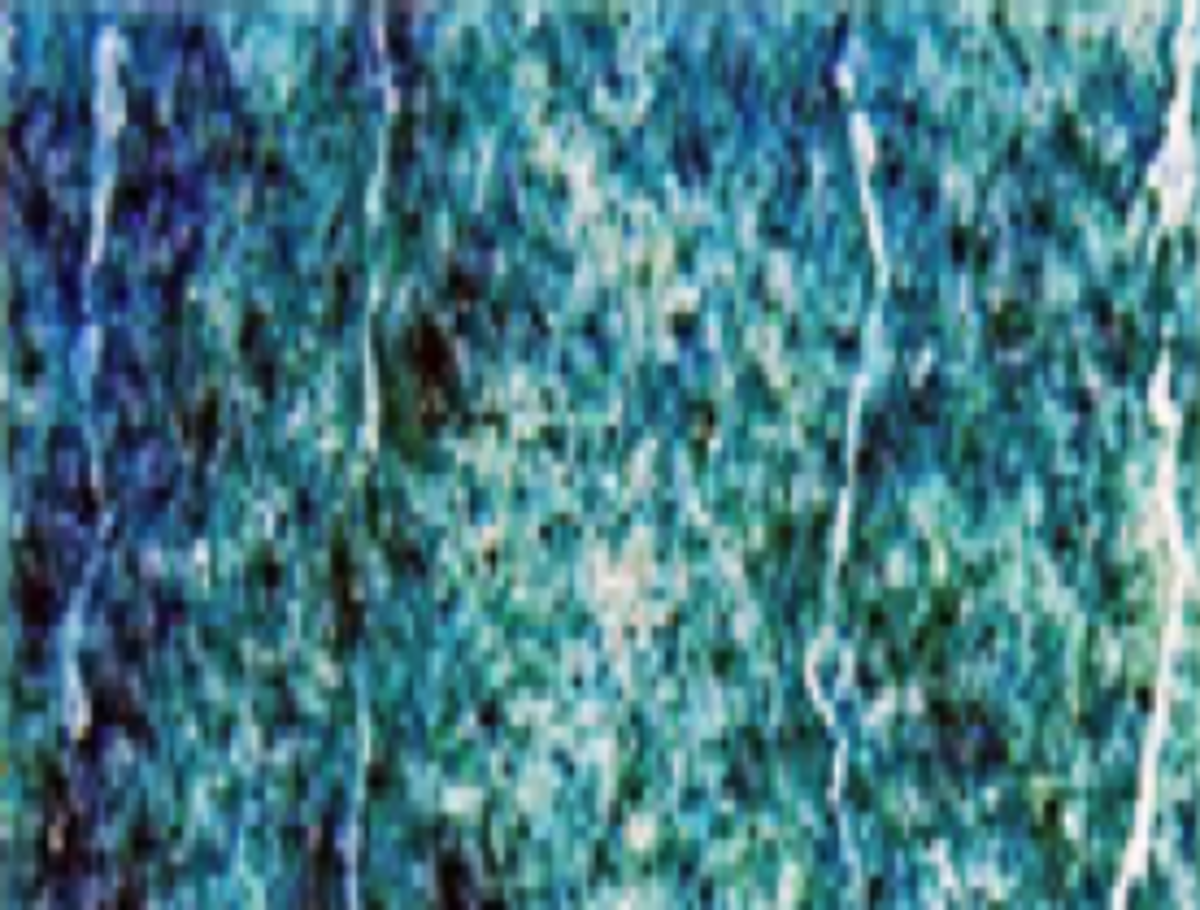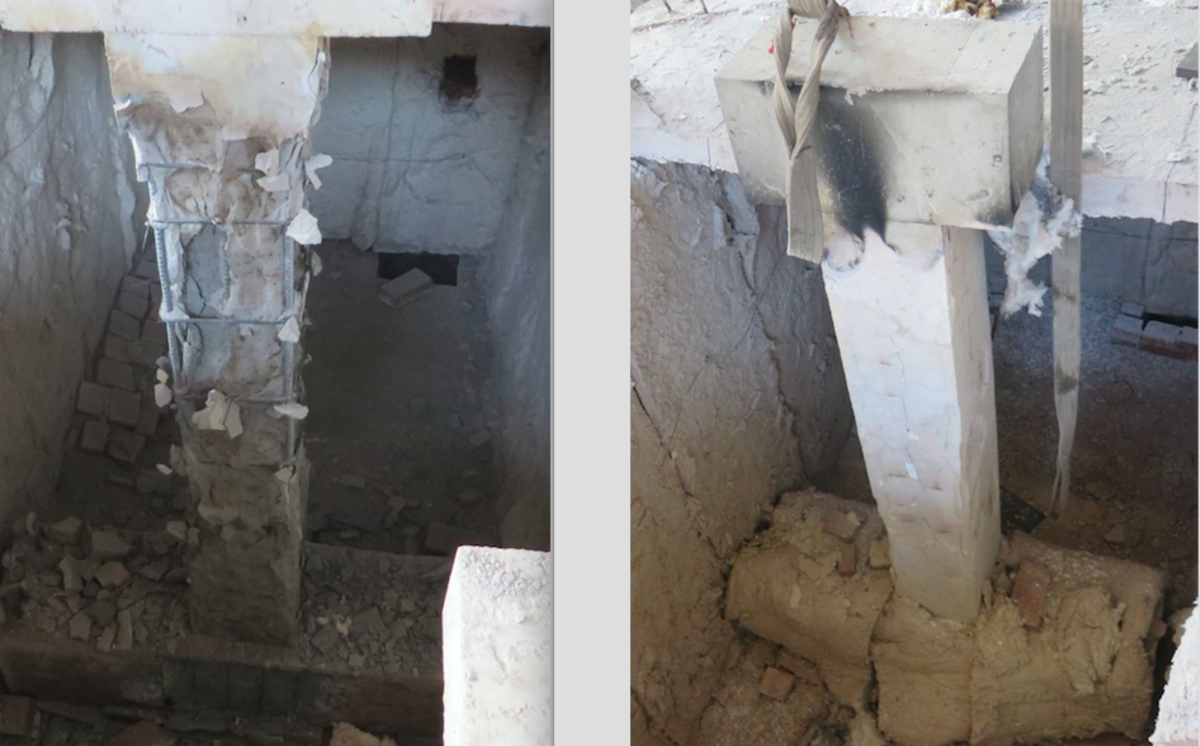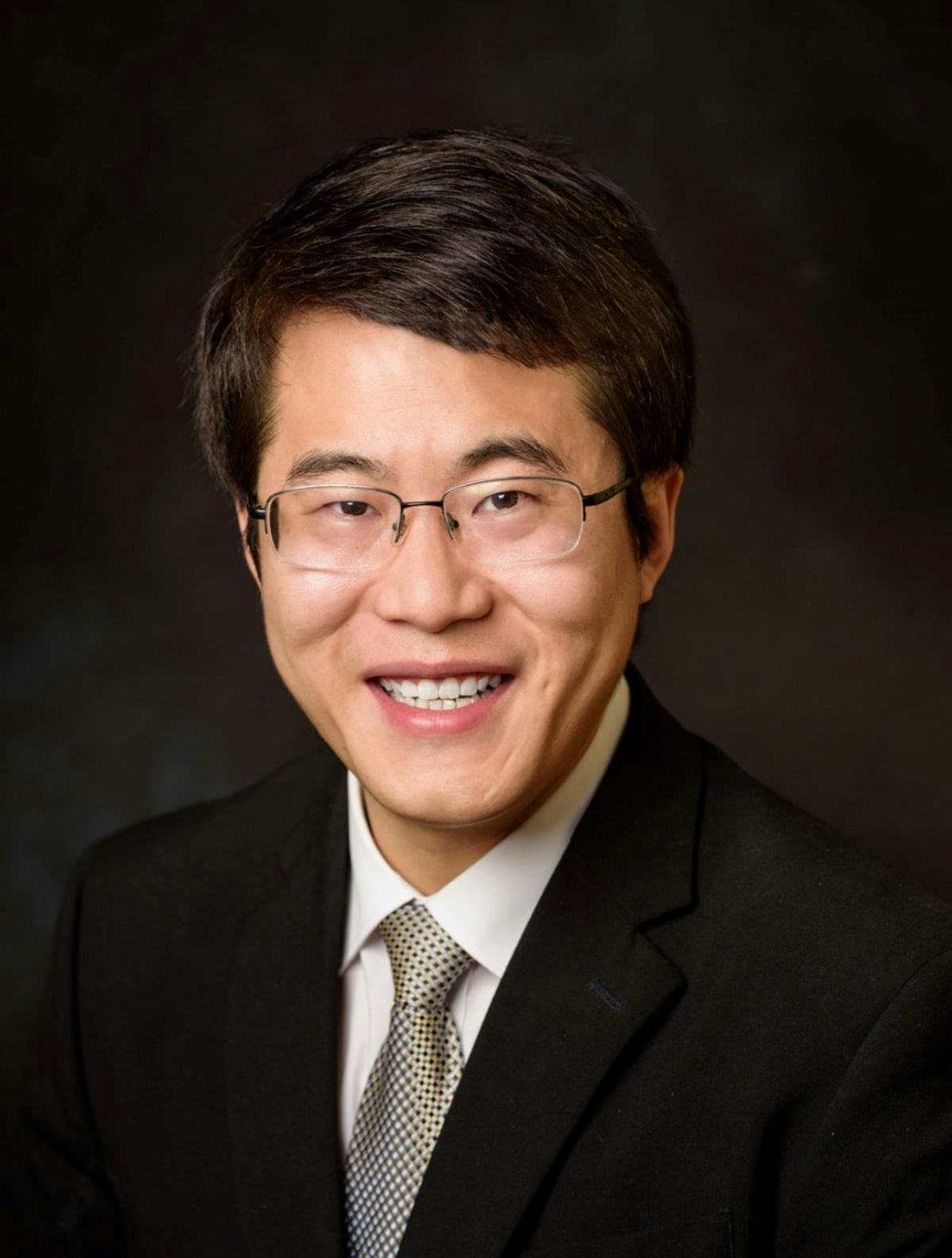This 'Smart Concrete' Heals Its Own Cracks, Resists Fire — and Cleans the Air
Stevens-developed material holds promise for urban resiliency, sustainability
As concrete makes a comeback in urban architecture worldwide, an innovative building material being developed by Stevens Institute of Technology researchers could revolutionize infrastructure.
And the material may help mitigate soil and groundwater pollution, as well, because it's produced using high-volume construction and demolition waste and industrial solid waste, which typically goes into landfills.
"Conventional concrete is brittle under tension," explains civil engineering professor Yi Bao, who develops the new material in collaboration with fellow Stevens professor Weina Meng and professor Victor Li at the University of Michigan. "Even when you reinforce conventional concrete with steel, it cracks or corrodes. Weather and sudden hazards like earthquakes, tornadoes, floods or fires are threats to load-carrying.
"We set out to create something improved."
Partition, heal thyself
What's different about the newly formulated material, known as MCC (multifunctional cementitious composite)? Remarkably, it can heal itself, a bit like human bones do.
With most concretes, a crack is forever, permanently weakening a structure and setting the stage for potential future cracks or even collapse.
But when the MCC cracks, its unique composition enables a chemical reaction to occur under certain, high-humidity conditions.
As moisture in the air meets the crack and reacts with particles in the mix, a gel-like material is formed, shoring up the structure within as little as a few days.
Later, as it dries and cures more completely, the gel eventually hardens into a cement-like material, filling the gaps and maintaining much of the building's load-carrying capacity.
"The fibers and other ingredients help keep cracks from propagating and widening," says Bao. "We design and mix it to control the crack width, based on a micromechanics theory presented by professor Li. Under tension such as stretching, the hairline cracks can carry a higher load. Like steel, it will not stress-fracture suddenly."
Bao says the newly engineered MCC could prove especially useful in regions where earthquakes are common.
"In seismically active parts of the world, aftershocks can actually be more dangerous than the initial shocks, because the aftershocks are shaking and damaging structures that have already cracked and been weakened," he explains.
"That's why this self-healing property may be key: when post-quake shocks arrive a few days later, a structure may have partially healed, mitigating the damage and protecting those in communities attempting to cope, assess damage and rebuild. We are talking about people's lives."
fi
Deflecting fire by channeling flames out
The material also appears safer and more fire-resistant than standard concrete.
"There's a lot of interest in fire resistance right now," notes Bao, gesturing in the direction of the Manhattan skyline. "Most new construction still uses steel and concrete, and neither material is especially resistant to fire. You can spray fireproofing material on the surfaces, but the mechanical integrity of the concrete slab and of steel rods remain vulnerable to high temperatures. That is their nature."
Indeed, during the September 11, 2001 terrorist attack on the World Trade Center; both towers collapsed due to a cascade effect created by fire damage from tons of burning jet fuel rather than from the blunt force of the two planes' impacts on the skyscrapers.
Rather than pitting and falling apart, however, the MCC allows fire to flow within and through a structure without entirely destroying its integrity. In laboratory tests exposing the engineered material to flames as hot as 1600 degrees Fahrenheit, Bao demonstrated how the MCC formed long, tall oval channels through which flames could pass without contacting some of the building surfaces.
"There was none of the explosive spalling you would expect under the stress of those very high temperatures," he reports.
Conventional concrete samples in the test, meanwhile, charred and flaked away helplessly — and dangerously —exposing the underlying reinforcement. In a real fire, that would be catastrophic.
"Again, we're very excited," says Bao. "Safety is of course paramount when designing and building infrastructure, and this product appears to enhance safety."
Skyscrapers that clean the air
Another benefit of the new MCC is that it appears to scrub pollutants from the air via a photocatalytic effect.
"We are finding that the air and the ultraviolet light in sunlight react with nanoparticles of this engineered concrete to form less harmful substances," notes Bao. "In major cities such as those in China, or even Los Angeles, where air pollution can be a major challenge, this might turn out to be a very socially beneficial property."
When air contacts the concrete, harmful substances such as nitrous oxides — a component of "acid rain" that also destroys ozone and harms human health, causing asthma, heart ailments and other diseases — are converted into a combination of products such as nitrates, which can be washed off walls, collected and used as plant fertilizer.
"Imagine if interior and exterior walls of structures made of this material are protecting the people inside them and outside them, every minute, self-cleansing the air," Bao says. "It's exciting to think about."
In small-scale tests, the Stevens team discovered that the new material converted 80 percent of harmful nitrous oxides into inert substances within just three minutes when exposed to ultraviolet light.
"That's pretty remarkable," says Bao.
"While this isn't the first self-healing concrete in the world, Stevens is among the first to make it multifunctional," Meng adds. "It is not only self-healing but self-sensing, self-cleaning. It regulates temperature. Cracks can be controlled."
Coming soon: Bigger, safer skyscrapers and bridges
Because building infrastructure involves significant energy consumption and carbon emission, engineers are beginning to understand how they can make broader impact by designing materials and structures that contribute to emerging global challenges such as climate change and sustainability, Bao adds.
Stevens teams are working on just those challenges.
"We are trying to develop sustainable and smart infrastructure that has the potential to mitigate climate change, use far more renewable sources and also create stronger, more resilient materials to help resist the effects of climate change," he says.
The unique properties of the new MCCs could also enable architects and engineers to design and build fascinating new types of structures. Taller, narrower, stronger buildings and longer bridges may soon be possible — perhaps even 3D-printed and shipped to remote sites for assembly — if Bao is right.
"We are already experimenting with some new shapes," he notes, such as a scale-model bridge he assembled last summer.
Throughout, Stevens' physical location will prove a real advantage to the research going forward, Bao believes.
"We have perhaps the best vantage point in the world from which to study these types of issues," he concludes. "Manhattan, with its many infrastructure and construction needs and challenges, is literally right outside our door."






